Tosa Dog Breed
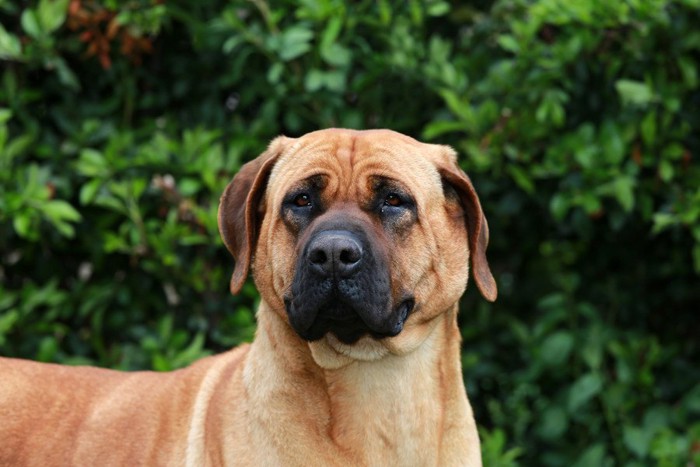
The Tosa Inu is a breed of robust and graceful stature, a canine pride of Japan originating from Kochi Prefecture.
Known for their loyalty and composed demeanor, these dogs require socialization and training to properly manage their strong vigilance.
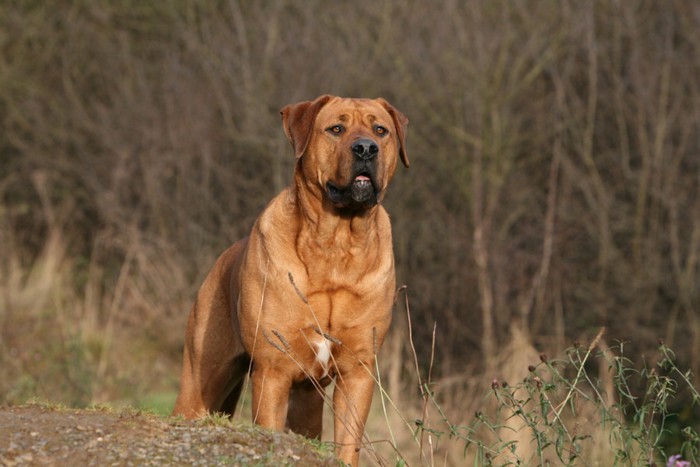
In Japan, careful attention is paid to maintaining the Tosa Inu’s weight, with males ideally between 88 to 132 pounds (approximately 40 to 60 kilograms) and females between 66 to 110 pounds (approximately 30 to 50 kilograms).
Their short coat, which requires minimal grooming, and the necessity for regular exercise are cherished characteristics of the breed.
Coat Color
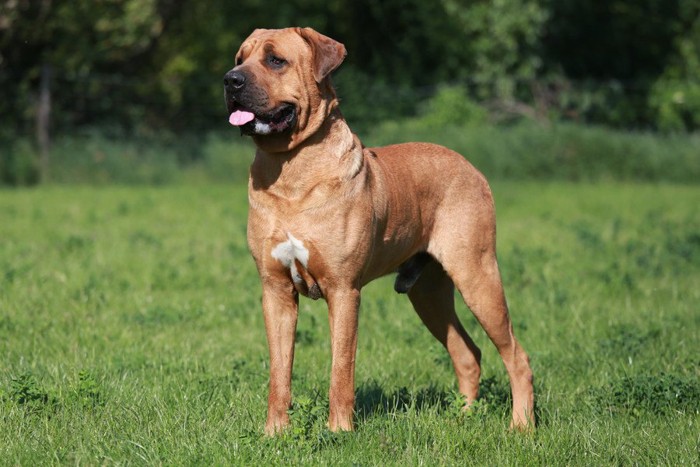
The Tosa Inu boasts a spectrum of colors from traditional red to vibrant fawn, wild brindle, and the prized black, mirroring the rich palette of Japan’s seasons.
The familiar red not only symbolizes strength and passion but also enhances the breed’s majestic stance.

The brindle pattern grants a unique identity to each dog, while the rarity of black elevates the Tosa’s regal presence.
These hues, intertwined with Japan’s unique aesthetic values, accentuate the Tosa Inu’s dignified beauty.
Coat Type
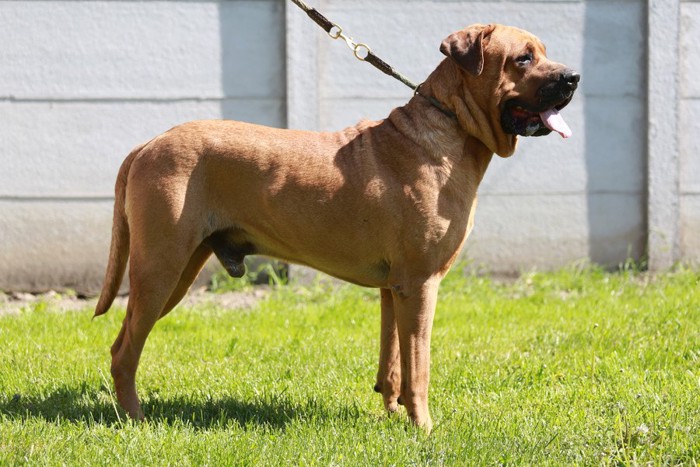
The Tosa Inu is characterized by its short and dense coat, offering a sense of cleanliness with minimal shedding throughout the year, which aligns with Japan’s traditional values of cleanliness and order.
With the changing of the seasons, a period arrives when this coat requires extra grooming, especially during transitions.
Their stiff and straight fur, which repels water with ease, is a testament to the dog’s evolution in Japan’s varied and often demanding natural landscapes.
This feature not only fits into the cultural aesthetic of cleanliness but also ensures that these dogs can perform optimally in any conditions.
Size
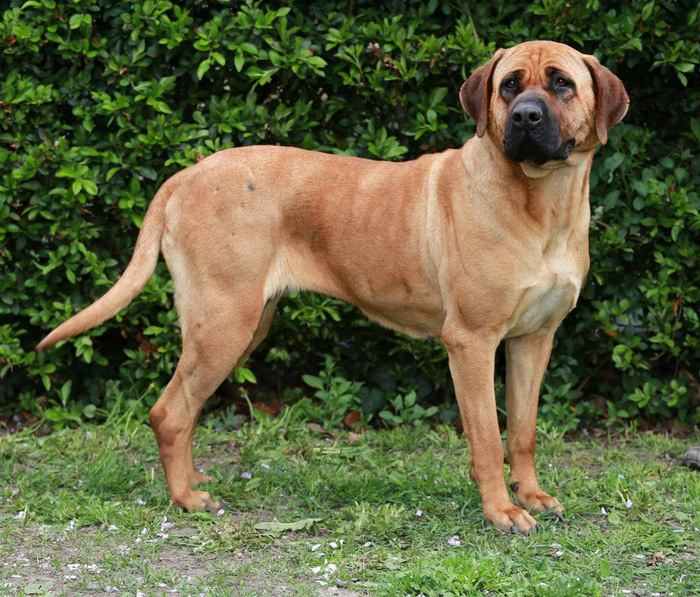
Within Japanese culture, the Tosa Inu is revered as a breed that embodies tradition and the spirit of the samurai, respected for its grand stature and dignified presence.
The males boast a shoulder height of approximately 24.4 to 25.6 inches, while females are typically 21.7 to 23.6 inches, reflecting the Japanese pursuit of beauty and balance.

Their muscular and well-proportioned physique harks back to their history as hunters and fighting dogs, with their agility and strength serving as a testament to the enduring spirit shaped through Japan’s lengthy history.
Weight

The Tosa Inu is a large breed known for its powerful build, with adult weights typically ranging from about 88 to 132 pounds. The considerable variation in weight among this breed can be attributed to genetic factors, thorough care and management by the owner, and a well-balanced diet.
Lifespan

The Tosa Inu has a life expectancy ranging from 10 to 12 years, which is closely linked to the level of care they receive as pets.
In Japan, there’s a widespread belief in the importance of a balanced diet, a clean environment, and regular health check-ups to maintain a pet’s well-being.

For large breeds like the Tosa, there’s a particular focus on providing meticulous care and creating a nurturing environment to help ensure they live as long and healthy a life as possible.
Trainavility

The Tosa Inu is renowned for its intelligence and trainability, and in Japan, training techniques prioritize positive reinforcement, even for breeds known for their strong independence and stubborn streaks.
It’s commonly advised to begin socialization and basic obedience training early in puppyhood, favoring skilled techniques over physical dominance.
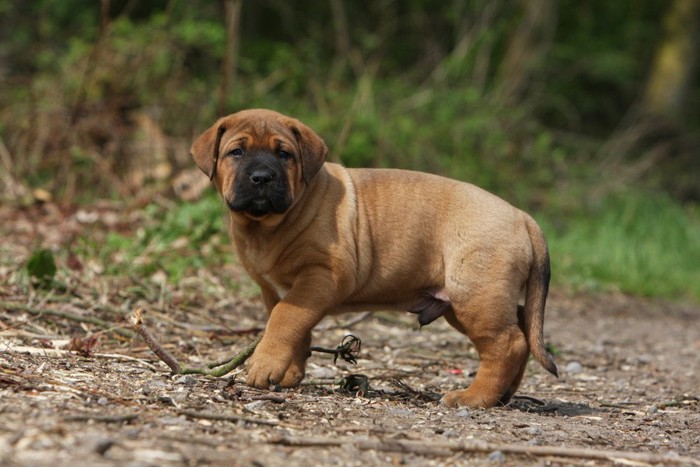
This approach is uniquely Japanese, catering to the Tosa’s formidable strength while fostering a deeper psychological bond during training.
Exercise
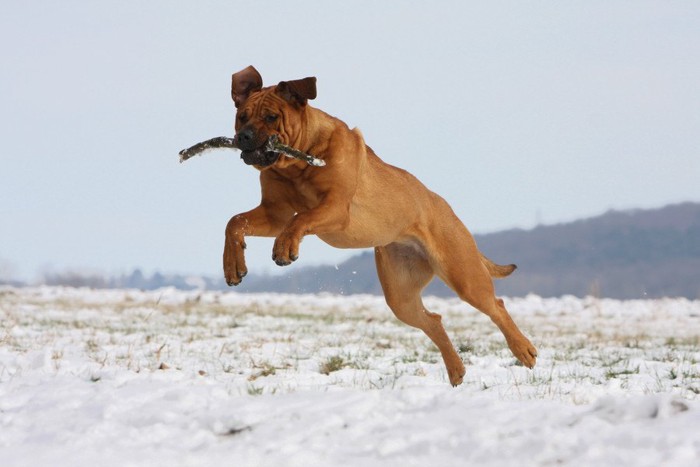
In Japan, it’s a vital routine to walk breeds like the Tosa Inu, which require ample exercise, twice daily for about an hour each time to help them relieve stress.
Acknowledging the Tosa’s guarded nature and instinctual combativeness, it’s preferred to walk them in quiet areas away from children and other dogs,
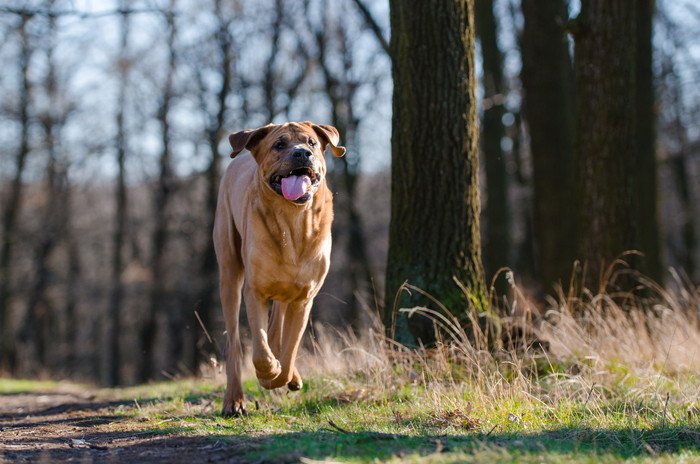
and it’s absolutely crucial never to detach them from their leash.
Given their strength, it’s also recommended to choose sturdy leashes and collars that can withstand their power.
Feeding
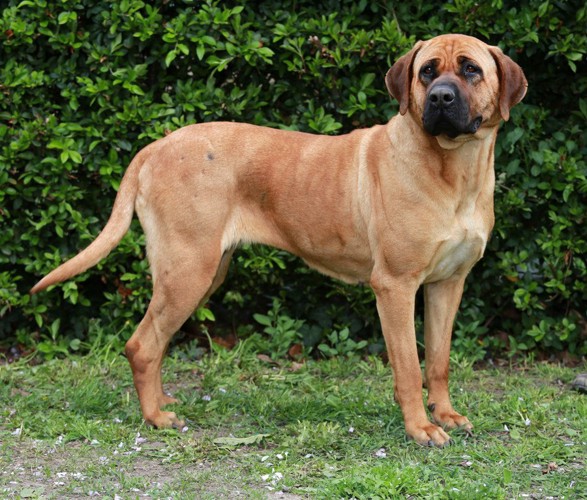
For a Tosa Inu, a meal typically consists of about 14 to 26 ounces.
In Japan, there is a strong focus on health management for such large breeds, with a keen emphasis on preventing obesity and maintaining an ideal weight.
Given the Tosa’s propensity for genetic issues like hip dysplasia, selecting dog food that supports joint health is highly recommended.
Temperament

The Tosa Inu has been nurtured within the Japanese traditions that honor bravery and strength.
Their background as fighting dogs sometimes gives rise to a vigorous temperament, but their profound loyalty and love for their owner reflect the familial ties that are highly valued in Japan.

Even with an appearance reminiscent of Western breeds, the Tosa Inu inherits the Japanese dog traits of resilience and wisdom.
History

When one hears “Tosa Inu,” the strong association with dog fighting might arise, but the breed known by this name today is officially called the “Tosa Fighting Dog.”
This breed emerged from a crossbreeding of the indigenous Japanese medium-sized dogs, once referred to as Tosa Inu, with Western large breeds.
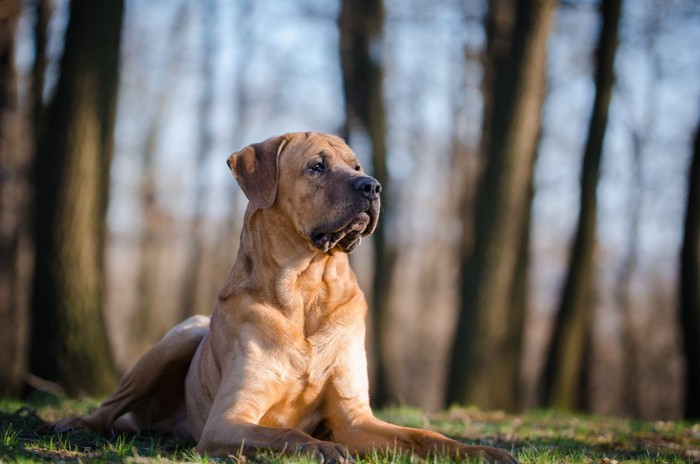
The Tosa Fighting Dog, possessing both strength and gentleness, is now cherished by many enthusiasts.
Meanwhile, the original medium-sized breed that bore the Tosa Inu name has inherited a new moniker, “Shikoku Inu,” to prevent any confusion.
Grooming

In Japan, the grooming approach for breeds with short and stiff coats, like the Tosa Inu, is to keep it simple yet effective.
Weekly brushing, once or twice, is often all that is required, and it is customary to couple this routine with a skin inspection and massage.
Vigilance in preventing skin issues before they arise is a valued practice.

Regularly bathing them once or twice a month is typically sufficient, but using a damp towel for cleaning as needed is also encouraged.
Furthermore, due to the breed’s tendency to drool, maintaining cleanliness around the mouth and chin with frequent care is essential.
Health
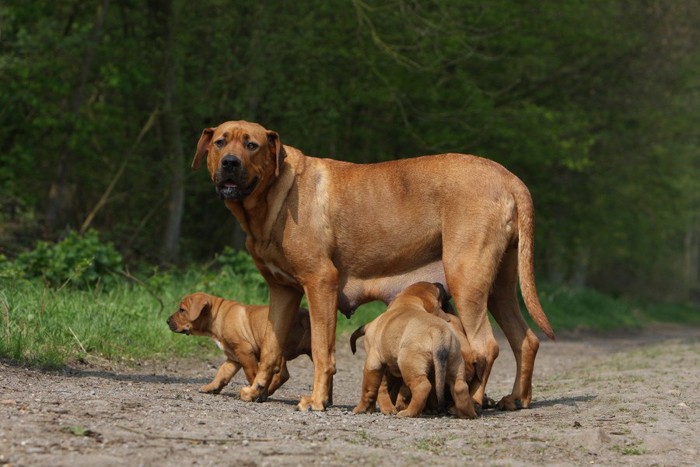
In caring for a Tosa Inu, Japanese pet owners place a great emphasis on health management.
Issues such as skin diseases, gastric torsion, and hip dysplasia require vigilant attention.
Maintaining cleanliness and providing a well-balanced diet can reduce the risk of skin conditions.
For large breeds like the Tosa Inu, measures to prevent gastric torsion are essential, including careful meal management.

Hip dysplasia, while sometimes hereditary, can be managed with proper weight control and exercise.
Addressing these health concerns and preventive care is recognized as a responsibility of the owner for a long and harmonious life with their Tosa Inu.
